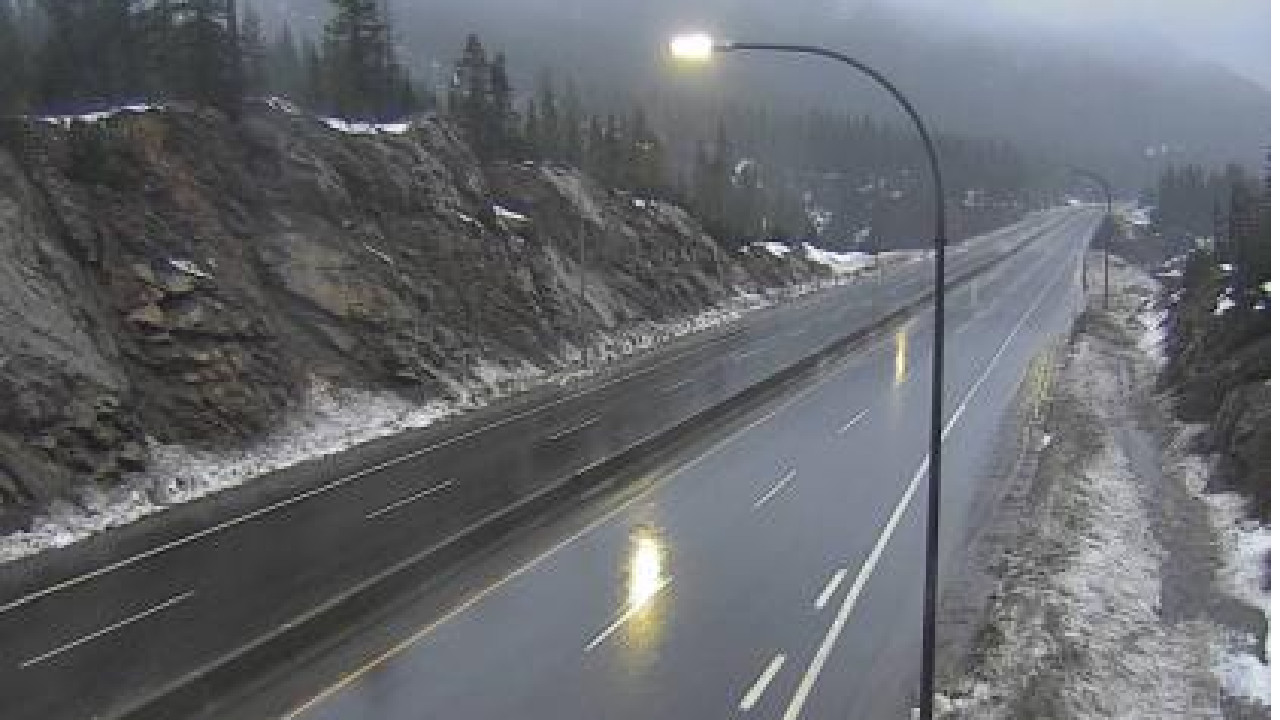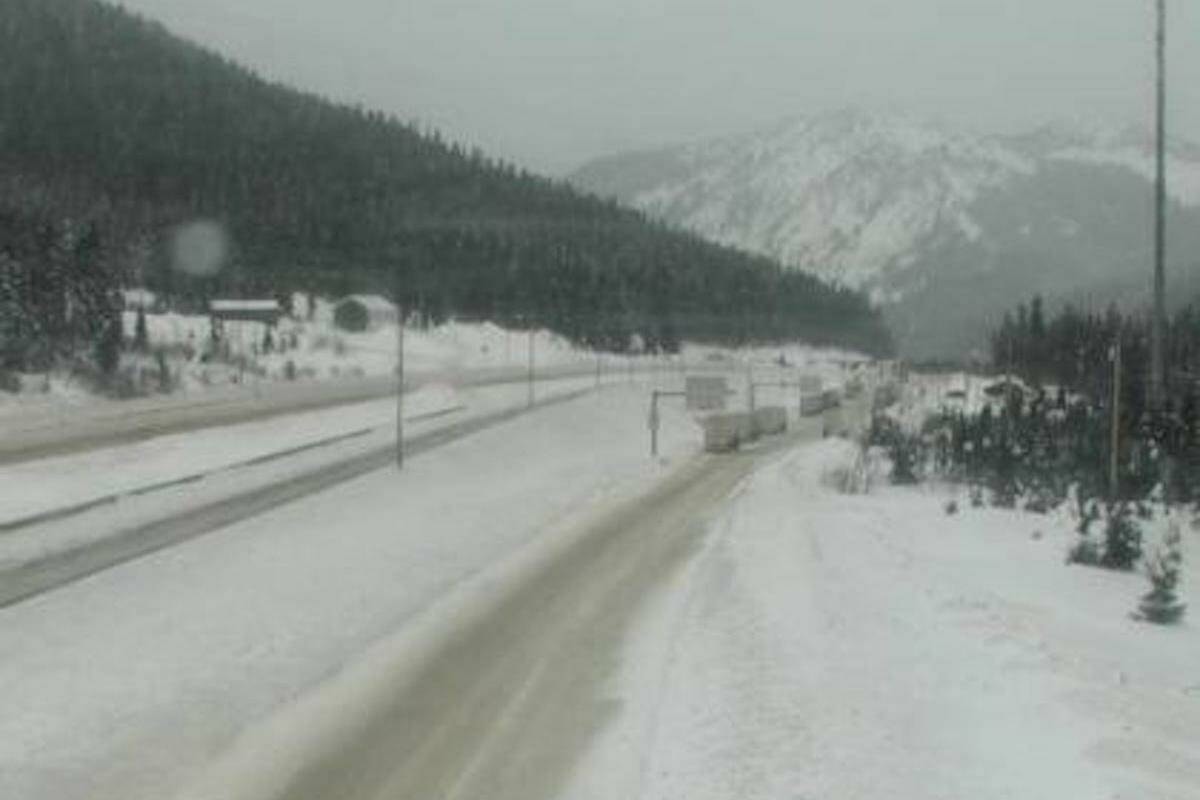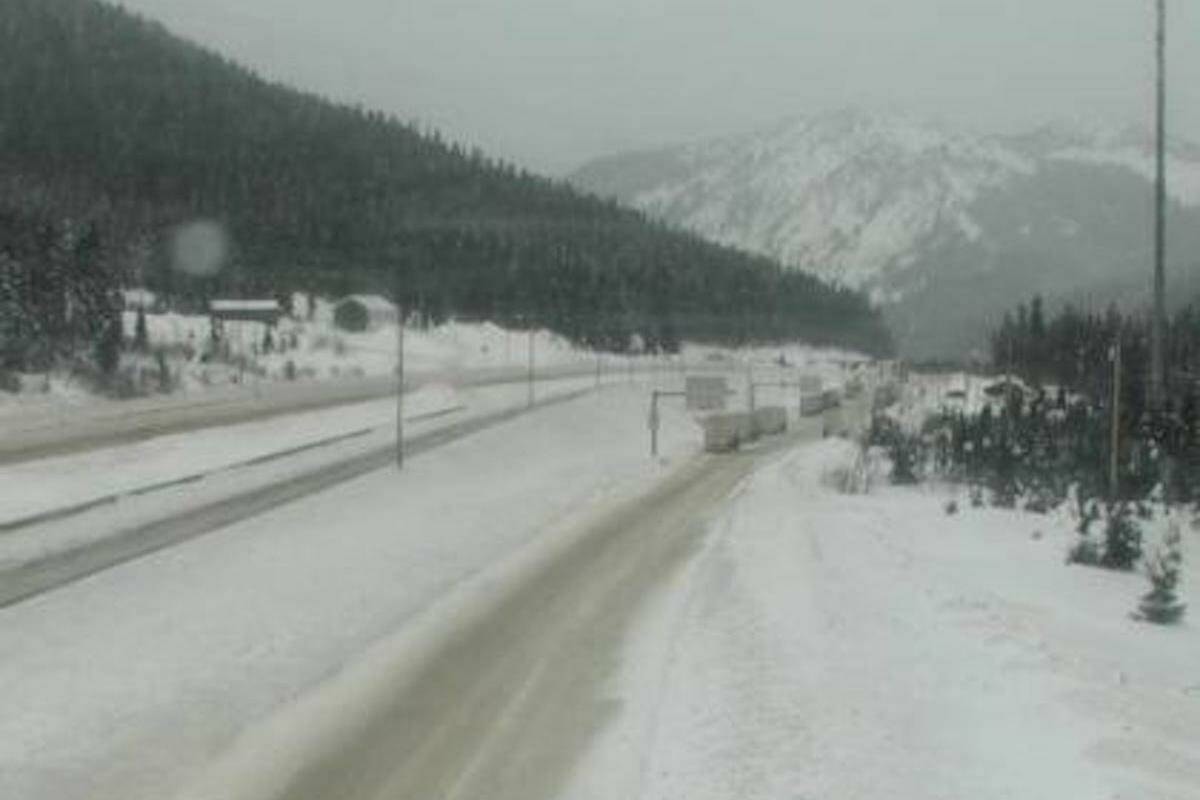Coquihalla weather cameras provide crucial real-time insights into conditions along this vital British Columbia highway. These cameras offer a visual representation of weather impacts, significantly aiding drivers, transportation officials, and emergency services. Understanding their functionality and the data they provide is key to navigating the challenging Coquihalla terrain safely and efficiently.
The Coquihalla Highway, known for its stunning mountain scenery, also presents significant weather-related challenges. Heavy snowfall, icy conditions, and reduced visibility frequently impact traffic flow and safety. The strategically placed weather cameras offer a valuable layer of information, supplementing traditional weather forecasts and road reports to provide a more comprehensive picture of the current situation.
Coquihalla Highway and its Weather Cameras: Coquihalla Weather Camera

The Coquihalla Highway, a vital transportation artery in British Columbia, presents unique challenges due to its mountainous terrain and unpredictable weather. This article explores the highway’s importance, the role of weather cameras in monitoring conditions, and how this data contributes to safer and more efficient travel.
Overview of Coquihalla Highway and its Importance

The Coquihalla Highway (Highway 5) traverses the rugged Coquihalla Mountains, connecting the Lower Mainland of British Columbia with the Interior. Its elevation ranges significantly, leading to diverse and often extreme weather conditions. The highway is crucial for transporting goods and people, serving as a major commercial route and a vital link for communities along its path. Severe weather events, such as heavy snowfall, ice storms, and high winds, frequently disrupt traffic, causing delays, accidents, and even highway closures, impacting both commerce and the lives of residents and travelers.
Functionality and Purpose of Weather Cameras
Weather cameras deployed along the Coquihalla Highway provide real-time visual information about prevailing conditions. These cameras utilize various technologies, including high-resolution image sensors and robust communication systems to transmit images and data to monitoring stations. Different types of cameras might be used, such as those specifically designed for low-light conditions or those equipped with additional sensors to measure temperature and precipitation.
Data collected typically includes images, temperature readings, precipitation levels (rain or snow accumulation), wind speed, and visibility. This information is invaluable for assessing road conditions and making informed decisions regarding traffic management and safety.
Accessing and Interpreting Coquihalla Weather Camera Data
Access to Coquihalla weather camera feeds is typically available through online platforms maintained by the Ministry of Transportation and Infrastructure or other relevant government agencies. These platforms usually display live images from various camera locations along the highway. Interpreting the visual data requires understanding visual cues: heavy snow accumulation indicates hazardous driving conditions, reduced visibility suggests the need for caution, and icy patches are often visible as dark, reflective areas on the road surface.
To make informed travel decisions, users should: 1) Check the camera feeds for the specific section of the highway they plan to travel on; 2) Assess road conditions based on the visual cues; 3) Compare the camera images with weather forecasts and road reports for a more comprehensive understanding; and 4) Adjust travel plans accordingly, considering potential delays or closures.
Comparison with Other Weather Information Sources

Weather cameras offer a unique advantage over other sources, providing real-time visual confirmation of conditions. While weather forecasts provide predictions, cameras show the current situation. Road reports offer summaries of conditions but lack the detailed visual information cameras provide. Combining data from weather forecasts, road reports, and weather cameras offers the most comprehensive understanding of conditions.
However, weather cameras have limitations. They provide a snapshot of conditions at a specific location and time; conditions can change rapidly along the highway. They also don’t directly measure all relevant parameters, such as ice thickness or the exact level of wind.
Impact of Weather on Highway Safety and Management
Weather cameras play a crucial role in improving highway safety by providing real-time information to drivers and transportation authorities. This data informs decisions regarding highway closures, speed restrictions, and the deployment of emergency services. By quickly identifying hazardous conditions, authorities can proactively implement measures to minimize accidents and disruptions.
In a hypothetical scenario, a sudden blizzard reduces visibility to near zero on a section of the Coquihalla. Weather cameras immediately detect this, triggering an automatic alert to transportation authorities. The highway is then closed, preventing accidents, and emergency crews are dispatched to assist stranded motorists.
Technological Aspects of Coquihalla Weather Cameras
Coquihalla weather cameras typically employ high-resolution digital cameras with specialized lenses suited for low-light conditions and wide-angle views. Robust communication systems, often utilizing cellular or microwave technology, ensure reliable transmission of data even in remote areas. Regular maintenance is essential, including cleaning lenses, checking sensor functionality, and ensuring communication links remain operational.
Future advancements might include integration of more sophisticated sensors (e.g., for ice detection), improved image processing algorithms to automatically detect hazardous conditions, and the use of artificial intelligence for predictive modelling of weather events along the highway.
Visual Representation of Data: Table of Camera Locations
| Location | Altitude (m) | Latitude | Longitude | Unique Features |
|---|---|---|---|---|
| Hope | 200 | 49.60° N | 121.35° W | View of the highway approaching the mountains |
| Nicomen | 700 | 49.80° N | 121.10° W | Often shows snow accumulation first |
| Portage Mountain Summit | 1200 | 50.00° N | 121.00° W | Highest elevation camera; exposed to extreme conditions |
| Juliet Summit | 1100 | 50.20° N | 120.80° W | Frequently shows high winds and snowdrifts |
| Kamloops | 300 | 50.70° N | 120.50° W | Shows conditions after descending from the mountains |
Visual Representation of Data: Illustrative Example, Coquihalla weather camera
A typical winter scene might show heavy snowfall blanketing the highway and surrounding landscape. Visibility would be significantly reduced, perhaps to only a few hundred meters. The road itself might be partially obscured by snowdrifts, and the camera image might show the headlights of vehicles struggling to navigate the conditions. The scene would convey a sense of cold, with snow clinging to trees and power lines, emphasizing the challenging and potentially dangerous driving conditions.
Monitoring the Coquihalla Highway’s weather conditions is crucial for safe travel, often relying on strategically placed cameras. The potential for accidents, however, extends beyond just weather; consider the recent news regarding drone crashes in New Jersey , highlighting the importance of responsible operation of unmanned aerial vehicles. This underscores the need for comprehensive safety measures, much like the preventative measures taken to ensure the reliability of the Coquihalla weather camera system.
In conclusion, the Coquihalla weather cameras play a vital role in ensuring the safe and efficient operation of this crucial transportation artery. By providing real-time visual data, these cameras enhance situational awareness for drivers, transportation authorities, and emergency responders, contributing to improved safety and reduced disruption. The continued development and integration of such technologies are essential for managing the unique challenges presented by the Coquihalla’s mountainous environment.
FAQ Compilation
How often are the Coquihalla weather camera images updated?
Update frequency varies depending on the specific camera and system, but generally, images are updated every few minutes to provide near real-time information.
Are the Coquihalla weather cameras operational year-round?
Yes, the cameras are designed for year-round operation, providing valuable data regardless of the season or weather conditions.
Where can I find a map showing the locations of all the cameras?
Specific camera locations and maps are usually available on the relevant transportation authority’s website (e.g., DriveBC in British Columbia).
What types of weather events are most impactful on the Coquihalla Highway?
Monitoring the Coquihalla Highway’s weather conditions is crucial for safe travel, especially during winter storms. Real-time views from the Coquihalla weather camera are invaluable for drivers planning their journeys. Understanding potential hazards is further enhanced by considering factors like cargo transport, such as those detailed in the information available on remington drone loads , which can impact road conditions.
Ultimately, the Coquihalla weather camera, combined with awareness of logistical factors, contributes to safer driving.
Heavy snowfall, freezing rain, avalanches, and high winds are the most significant weather-related challenges affecting the Coquihalla Highway.
